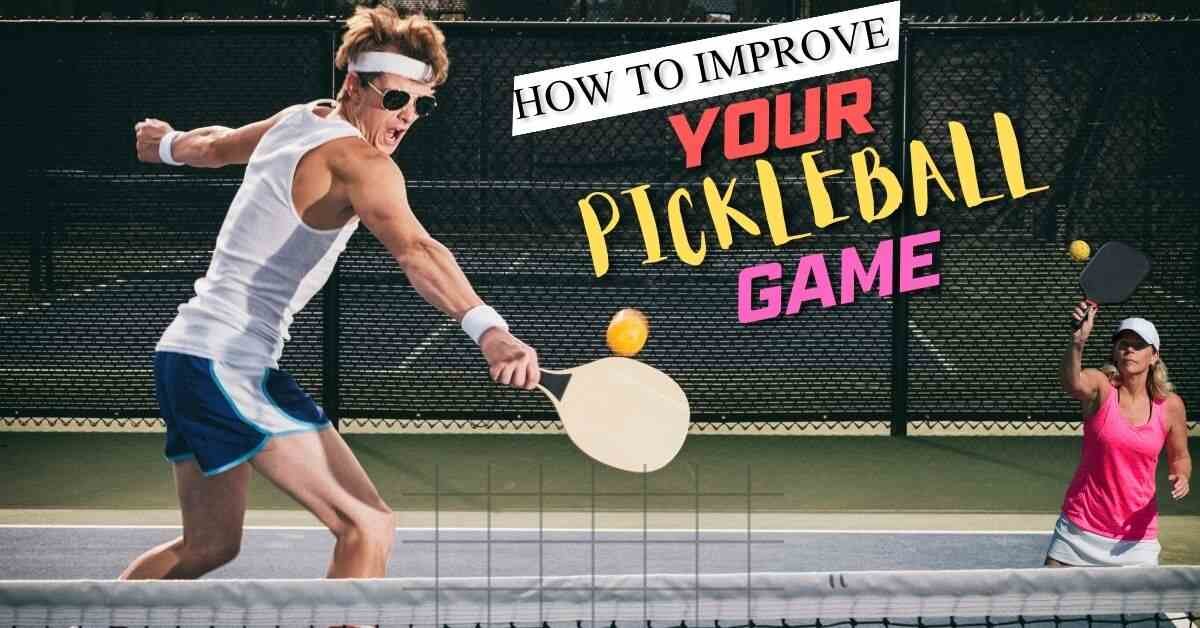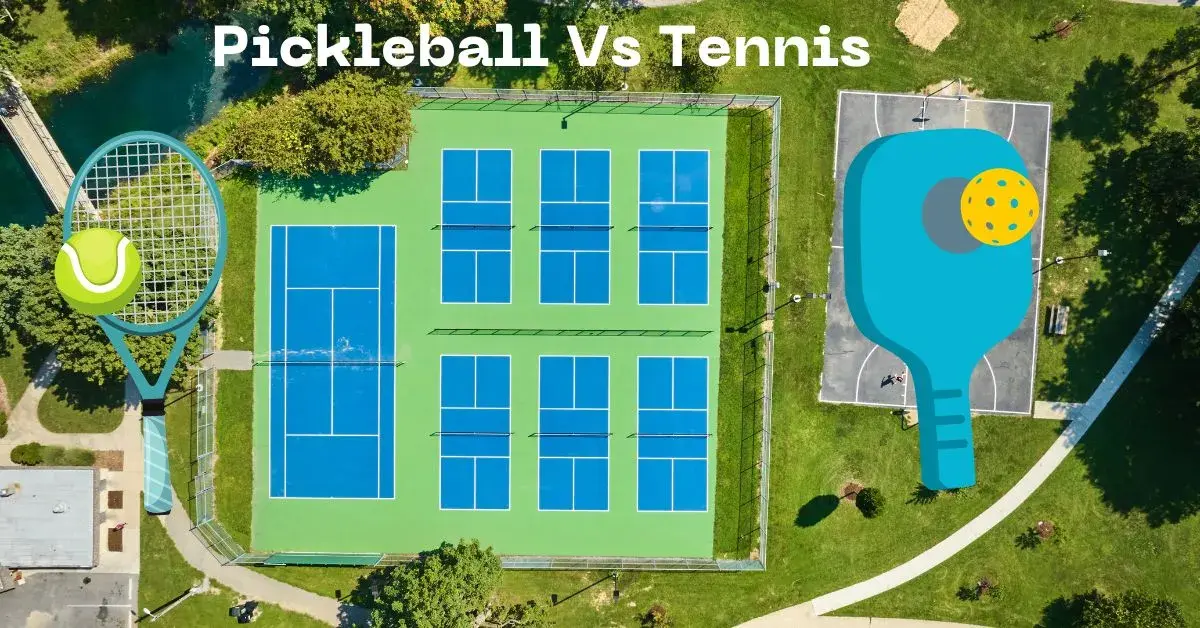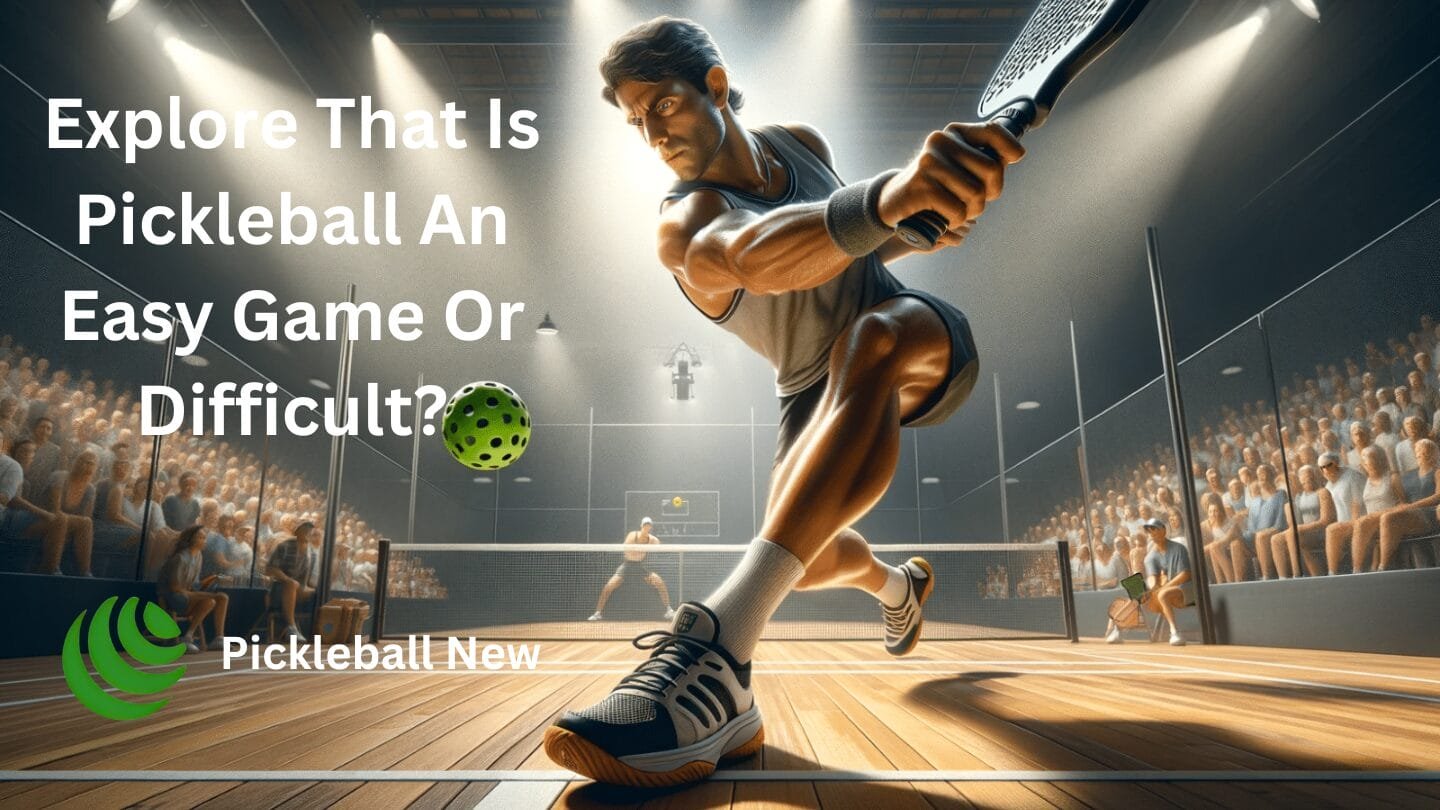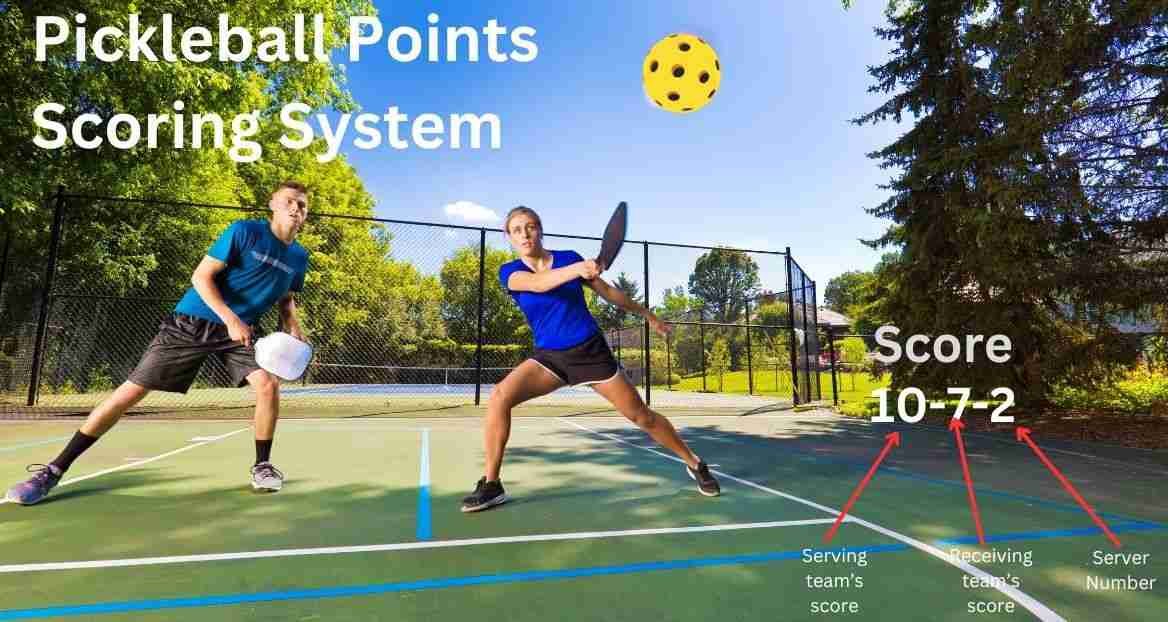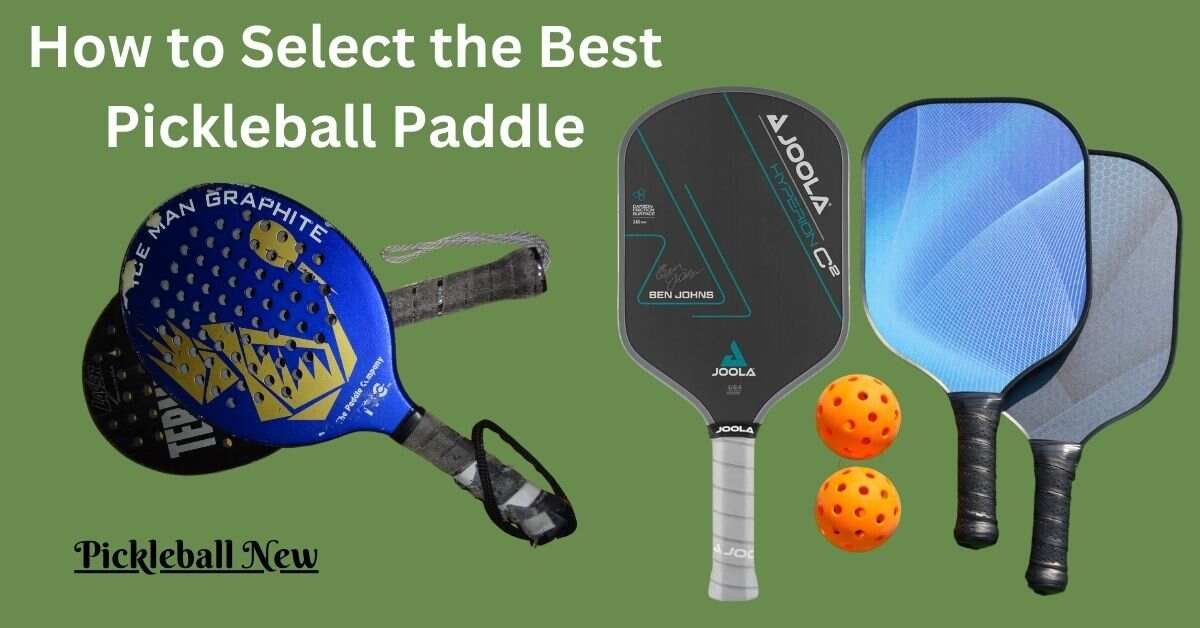Pickleball vs Tennis: Which Sport is Right for You?
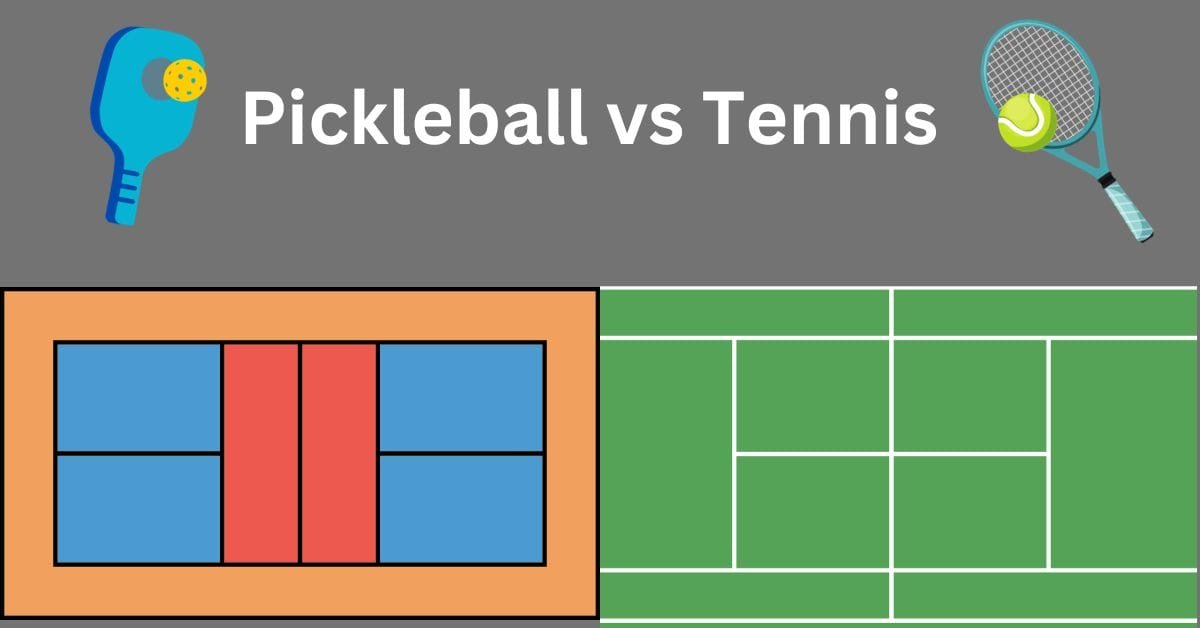
Pickleball vs Tennis: it’s not just about sports; it’s a choice weaving through preferences, accessibility, and distinctive gameplay. As racket enthusiasts search for their perfect match, understanding the subtleties becomes crucial. In this journey, let’s dissect Pickleball and Tennis, exploring the nuances of equipment, court sizes, and rule intricacies.
With Pickleball gaining momentum, even among seasoned tennis players, the big question looms: Can one sport truly outshine the other? This article aims to tackle that question, providing a detailed guide for those pondering their court destiny. Whether you’re a seasoned pro or a newbie contemplating your racquet fate, these pages will unfold the unique features of Pickleball vs Tennis, potentially reshaping your game.
So, let’s plunge into the realm where paddle meets ball, and the court transforms into a battleground of choices.
Understanding the Differences: Pickleball vs Tennis
Racket sports aficionados often find themselves at a crossroads between Pickleball and Tennis, two games with a shared thread of competitive fervour. To make this choice effectively, we must delve into the complicated differences that set Pickleball and Tennis apart.
What is the Difference Between Pickleball and Tennis?
Understanding the spirit of the dissimilarities forms the foundation of informed decision-making. Both sports involve a net, a ball, and strategic racket use, yet the spirit lies in the details.
How Are Pickleball and Tennis Different?
Pickleball often addressed as a mixture of Tennis, Badminton, and Ping Pong, stands out for its unique court dimensions and adapted rules. Tennis, steeped in tradition, boasts a larger court and distinct scoring methods. The differences extend beyond court size from the lightweight Pickleball paddle to the robust Tennis racquet, and the unique serving techniques in each sport, players encounter a myriad of nuances.
How is Pickleball Different Than Tennis?
Pickleball Equipment Is Lightweight Compared to Tennis. The more robust materials of a tennis racquet, like carbon fibre or aluminium, contrast gradually with the lighter pickleball paddle, which is often made of composite or graphite. This has an impact on the ball’s manoeuvrability and possible outstanding force.
Pickleball Paddle Weight vs Tennis Racquet
The difference in weight has a big impact on playstyle. Pickleball is a fast-paced, dynamic game because of its lightweight paddle, which enables more rapid reflexes and complex strokes. Tennis requires more power and endurance due to its larger racquet, which calls for a distinct set of tactical moves.
Pickleballs vs Tennis Balls
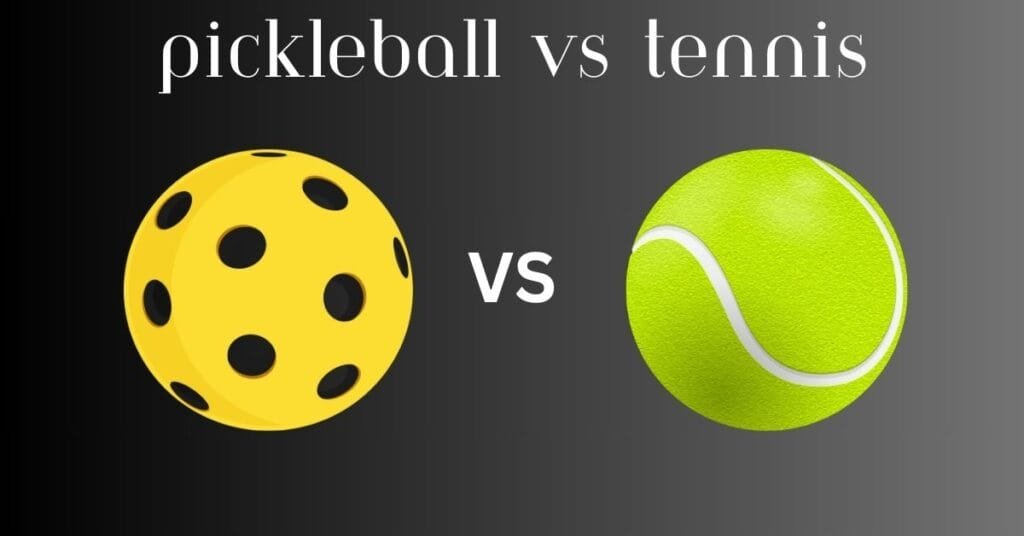
The choice of ball is another crucial distinction. Pickleballs are plastic, perforated, and travel at a slower pace, catering to the smaller court size. Tennis balls, heavier and faster, cover the expansive tennis court with rapid volleys, necessitating efficient ground coverage.
Pickleball Courts Are Smaller Than Tennis Courts
Pickleball’s courts are more compact, fitting within tennis court dimensions but with altered patterns. The smaller court enhances player proximity, intensifying rallies and requiring strategic agility. Tennis courts, with their larger expanse, demand more endurance and longer rallies.
Pickleball Is More Accessible Than Tennis
Pickleball’s rise is partly attributed to its accessibility. With a smaller court, lighter equipment, and slower ball speed, it becomes an attractive option for various ages and skill levels.
Similarities Between Pickleball And Tennis Court
Despite size differences, both courts share certain similarities, easing the transition between the two sports.
Pickleball Court Vs Tennis Court
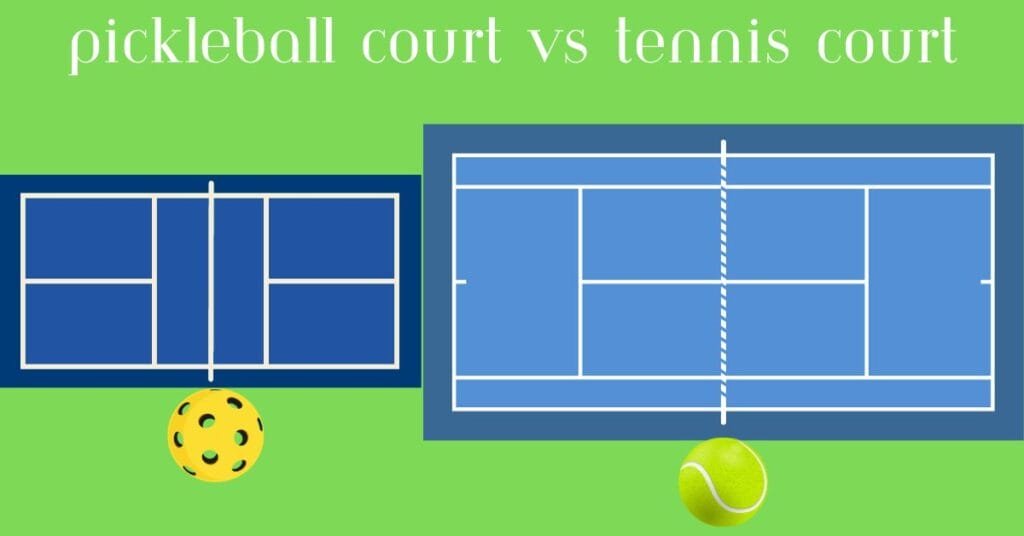
Pickleball’s versatility and accessibility are shown by the fact that, while it adapts to tennis courts, the opposite isn’t necessarily true.
Players may choose wisely between pickleball and tennis by considering their preferences, physical capabilities, and level of competition. The upcoming parts will reveal the nuances of gameplay, rules, and the changing environment where Pickleball and Tennis collide as we dig further into each sport’s distinctive features.
What Equipment is Used in Pickleball?
Pickleball places a strong focus on mobility and accessibility, which is reflected in its equipment. Typically composed of lightweight materials like composite or graphite, the paddle has a perforated surface that allows for accurate spin and ball control.
Unlike regular tennis balls, pickleballs are plastic and have recognizable holes. They also weigh less.
How are the Rules of Pickleball Different Than Tennis?
Pickleball’s Kitchen Is a Non-Volley Zone.
One notable rule distinction is the “kitchen” or non-volley zone, restricting volleys near the net, and fostering strategic play.
Scoring in Pickleball Is Unique
Pickleball’s basic scoring system differs from tennis, adding a layer of simplicity and making it friendlier.
Can You Play Pickleball On A Tennis Court?
Pickleball’s flexibility is shown in the fact that, with a few simple variations, it can be played on any tennis court.
How Can I Play Pickleball On Tennis Court?
To convert a tennis court for pickleball, one must comprehend modified measurements and regulations, emphasizing the game’s broad appeal and versatility.
The next parts will go deeper into the nuances of pickleball, including its history, rules, equipment, and unique gameplay. These sections will also highlight the strategic features and gameplay that set pickleball apart as a unique and entertaining sport.
Tennis and Pickleball Comparison

Pickleball vs Tennis: What Are the Differences?
Understanding the differences between pickleball and tennis goes beyond specifics like gear and court size; it also includes elements of play that provide each sport its charm.
Knowing the differences between pickleball and tennis outspreads beyond aspects like equipment and court dimensions; it also includes aspects of play that give each sport its unique character.
- Court Size and Playing Surface: Pickleball: 20 feet by 44 feet, smaller and often made of asphalt. Tennis: 27 feet by 78 feet, larger and with diverse surfaces. Pickleball courts size significantly smaller than tennis courts, intensify gameplay, and demand less ground coverage but quicker reflexes. The playing surface differs from traditional tennis surfaces.
- Equipment: Definite differences in equipment influence playing styles. Pickleball paddles are lighter and more manoeuvrable, while tennis racquets vary in weight and head size.
- Scoring: Pickleball’s rally scoring system is different from tennis, adding a unique layer of effortlessness to the game.
- Serving: Pickleball’s serving zone and technique differ from tennis, promoting a controlled and strategic start to each point.
- Playing Style: The smaller court in Pickleball fosters a faster-paced, dynamic style, while tennis encourages longer rallies and greater endurance.
As players consider these differences, the decision between Pickleball and Tennis becomes a matter of personal preference, skill set, and desired intensity. The unique features of each sport offer challenges and rewards, catering to a various range of players.
Why Are Tennis Players Switching to Pickleball?
Pickleball’s appeal has drawn in a lot of tennis fans, which has resulted in an increasing number of players switching sports. Accessibility, a shorter learning curve, and the social components of the game are among the reasons. The fact that pickleball can be played in any existing tennis facility gives tennis players even more reason to check out this new activity.
Through negotiating the changing terrain at the intersection of pickleball and tennis, players find ways to broaden their range of sports experiences. Whether you like the conventional elegance of tennis or the fast-paced exhilaration of Pickleball, both sports add to the rich tapestry of racquet-based pleasure.
Considerations for Players
The evolution from Tennis to Pickleball is a notable phenomenon, marked by factors contributing to a pattern change in the racquet sports landscape.
- Accessibility and Learning Curve: Pickleball’s user-friendliness, smaller court, and lightweight equipment make it approachable for beginners and less physically demanding. The learning curve is apparent as kinder, allowing quick mastery of fundamentals.
- Social and Community Aspect: Pickleball’s social and community-driven nature is a magnet for players seeking an inclusive and engaging environment. The compact court size promotes closer interaction, adding a social dynamic beyond competition.
- Adaptability to Existing Facilities: Pickleball’s adaptability to existing tennis facilities is a pragmatic consideration, allowing exploration without the need for dedicated courts.
Do Tennis Skills Matter in Pickleball?
While the transition offers advantages, the question arises: Do tennis skills seamlessly translate into success on the Pickleball court?
As players weigh considerations, the decision hinges on individual preferences, physical conditions, and the desire for a new challenge. Whether drawn to the elegance of tennis or enticed by Pickleball’s accessibility, players can navigate this crossroads with an informed perspective, enhancing their overall racquet sport experience.
Evaluating Pros and Cons
Advantages of Pickleball vs Tennis:
- Physical Accessibility: Pickleball is a low-impact option that is suitable for players of all ages and fitness levels due to its smaller court and slower ball speed.
- Social Engagement: Pickleball encourages social engagement and the wisdom of community because of its shorter rallies and tighter player contact.
- Quick Learning Curve: Pickleball is a great option for people who are new to racquet sports because of its streamlined regulations and quicker learning curve.
- Adaptability to Current Facilities: Pickleball’s ability to fit onto tennis courts offers communities an affordable means of introducing the sport.
Drawbacks of Playing Pickleball vs Tennis
In appraising pros and cons, players can make informed decisions based on preferences, physical conditions, and specific challenges required. Whether drawn to Pickleball’s convenience or tennis’s strategic depth, both sports offer a unique blend of physical activity, competition, and friendship.
Conclusion
In the energetic world of racquet sports, the choice between Pickleball and Tennis boils down to individual preferences, fitness levels, and the desired depth of competition. The comparisons underscore nuanced differences, from court sizes to equipment characteristics. As players stand at the crossroads, the vibrant landscape of possibilities unfolds, offering a multitude of experiences catering to diverse tastes and aspirations.
The rise of Pickleball, with its accessibility and social appeal, sparks a noticeable shift in the racquet sports paradigm. Tennis players, drawn to the faster learning curve and inclusive nature of Pickleball, find themselves immersed in a community-driven environment beyond mere competition. Pickleball’s adaptability to existing tennis facilities adds a layer of convenience, providing a seamless transition for those eager to explore a sport that uniquely combines elements from various racquet disciplines.
Whether one finds fulfilment in the quick rallies and social dynamics of Pickleball or the enduring intensity of tennis, both sports contribute to a rich tapestry of athletic engagement, emphasizing the beauty of choice in the world of racquet sports.
FAQs (Q&A)
QN 1. Why do people prefer pickleball over tennis?
Ans: Many people favour pickleball for its welcoming community, faster learning curve, and the inclusive atmosphere it offers. The smaller court size and friendly rallies make it a go-to choice for individuals seeking a sport that combines fun and fitness.
QN 2. What sport closely resembles pickleball?
Ans: Pickleball shares similarities with badminton due to its emphasis on rapid play and net action. However, its distinct court size and rule variations give it a character all its own.
QN 3. Which sport can be tough on the knees?
Ans: Sports involving repetitive high-impact movements, like basketball or soccer, can pose challenges to the knees. It’s essential to consider individual factors and engage in proper conditioning.
QN 4. What sport can be demanding for girls?
Ans: For girls, sports like gymnastics, figure skating, and long-distance running are often considered demanding due to the precision, strength, and endurance they require.
QN 5. Which sport helps build strong leg muscles?
Ans: Sports involving running, jumping, and explosive movements, such as sprinting, weightlifting, and cycling, contribute to robust leg muscles. Personalized training routines play a vital role in achieving leg strength.

